Easy Punnett Square Worksheet
Are you a biology student who is eager to grasp the concepts of Punnett squares? If so, this easy Punnett Square worksheet is just what you need. Designed to simplify complex genetic inheritance patterns, this worksheet provides an interactive way for you to practice solving Punnett square problems. Whether you're a high school or college student, this worksheet will help you master the art of predicting the outcomes of genetic crosses.
Table of Images 👆
More Other Worksheets
Kindergarten Worksheet My RoomSpanish Verb Worksheets
Cooking Vocabulary Worksheet
DNA Code Worksheet
Meiosis Worksheet Answer Key
Art Handouts and Worksheets
7 Elements of Art Worksheets
All Amendment Worksheet
Symmetry Art Worksheets
Daily Meal Planning Worksheet
What is a Punnett square?
A Punnett square is a diagram used in genetics to predict the outcome of a particular cross or breeding experiment between two organisms. It allows for the visualization of the possible combinations of alleles from each parent that can be passed on to the offspring, helping to determine the probability of certain genetic traits appearing in the next generation.
What is the purpose of using a Punnett square?
The purpose of using a Punnett square is to predict the potential outcomes of a genetic cross between two individuals and determine the probability of specific traits being passed on to offspring. It allows for a visual representation of the possible genetic combinations that can result from the mating of two individuals, helping to understand the principles of inheritance and genetic variability.
How do you determine the genotypes of offspring using a Punnett square?
To determine the genotypes of offspring using a Punnett square, first list the possible alleles for each parent along the top and left side of the square. Then, fill in the square by combining each allele from the top with each allele on the side. Finally, analyze the outcomes in the squares to identify the possible genotypes of the offspring based on Mendelian inheritance patterns, where dominant alleles are represented by capital letters and recessive alleles by lowercase letters.
What are the key components of a Punnett square?
A Punnett square consists of a grid with intersecting rows and columns to represent the possible combinations of alleles from the parents. The key components include labeling the rows and columns with the alleles from each parent, filling in the squares with possible allele combinations, and calculating the likelihood of different genotypes in the offspring based on the parents' genotypes.
What do the letters and symbols in a Punnett square represent?
The letters in a Punnett square represent the alleles from each parent that could be passed on to their offspring, with uppercase letters typically representing dominant alleles and lowercase letters representing recessive alleles. The symbols in a Punnett square show the different combinations of alleles that could result from the genetic recombination during the formation of gametes and the subsequent fertilization process, illustrating the possible genetic outcomes for the offspring.
How do you determine the phenotypes of offspring using a Punnett square?
To determine the phenotypes of offspring using a Punnett square, you first need to identify the genotypes of the parents. Then, you can set up a Punnett square with the alleles of each parent on the top and left sides. By combining the alleles in the squares, you can determine the potential genotypes of the offspring. Finally, by analyzing the genotypes based on dominant and recessive traits, you can determine the phenotypes of the offspring, which is the physical expression of the genetic information.
How can Punnett squares be used to predict the probability of specific traits in offspring?
Punnett squares can be used to predict the probability of specific traits in offspring by outlining all possible combinations of alleles that can be inherited from each parent and calculating the likelihood of different genotype and phenotype outcomes. By assigning the different alleles to the respective sides and top of the Punnett square and then combining them in the boxes, one can visually represent all the possible genetic combinations that can occur in the offspring. This allows for a clear visualization of the probabilities of specific traits being expressed in the offspring based on the genetic makeup of the parents.
What are some limitations or assumptions of using Punnett squares?
Some limitations of using Punnett squares include assumptions of complete dominance, independent assortment, and random mating. Additionally, Punnett squares do not account for factors such as gene linkage, gene interactions, or genetic recombination. They also assume that genetic traits are controlled by a single gene when in reality many traits are polygenic. Punnett squares also do not factor in the influence of environmental conditions on gene expression.
Can Punnett squares be applied to real-life situations? Provide an example.
Yes, Punnett squares can be applied to real-life situations, especially in genetics. For example, they can be used to predict the likelihood of certain genetic traits being passed on from parents to offspring, such as eye color, blood type, or susceptibility to certain diseases. By understanding the principles of inheritance and using Punnett squares, individuals can make informed decisions about their health or breeding practices in agriculture.
How can Punnett squares be used to study inheritance patterns in genetics?
Punnett squares are a helpful tool in genetics used to predict the likelihood of offspring inheriting certain traits based on the parents' genetic makeup. By placing the alleles from each parent along the top and side of a grid, you can easily determine the possible combinations of alleles that their offspring may inherit. This allows researchers and scientists to study inheritance patterns, such as dominant and recessive traits, and assess the probability of certain phenotypes appearing in the offspring of a genetic cross.
Have something to share?
Who is Worksheeto?
At Worksheeto, we are committed to delivering an extensive and varied portfolio of superior quality worksheets, designed to address the educational demands of students, educators, and parents.





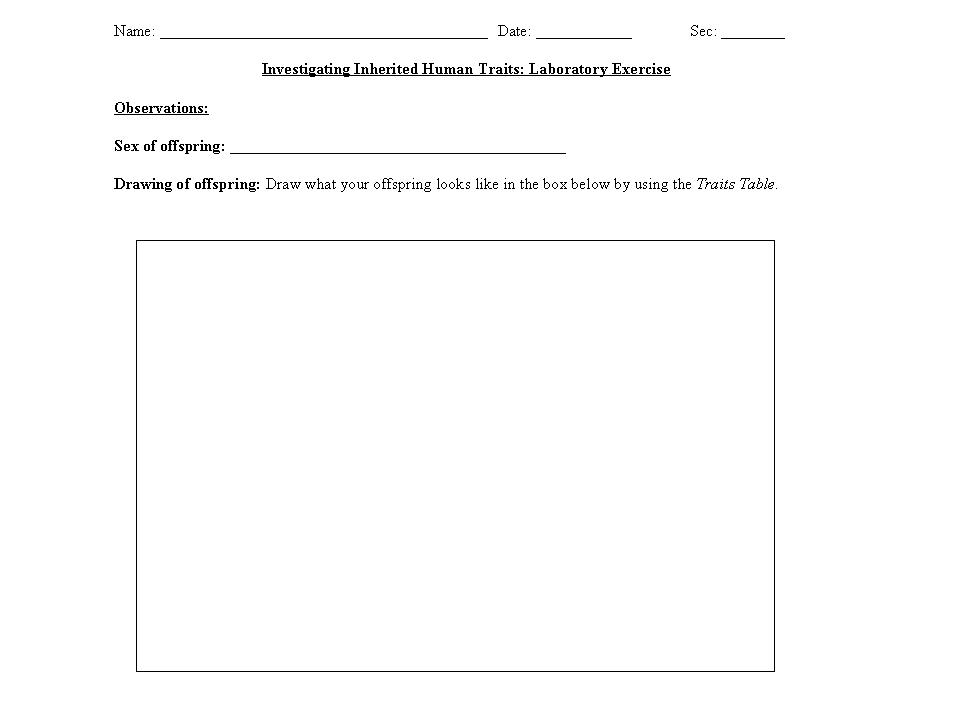
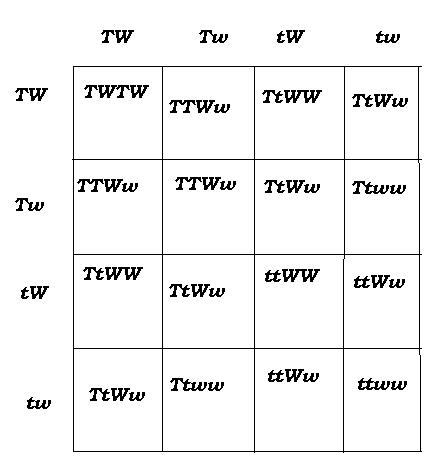
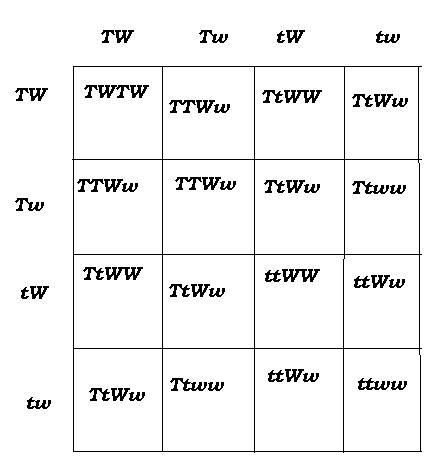
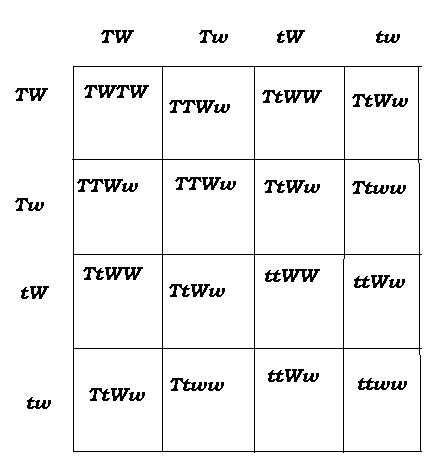
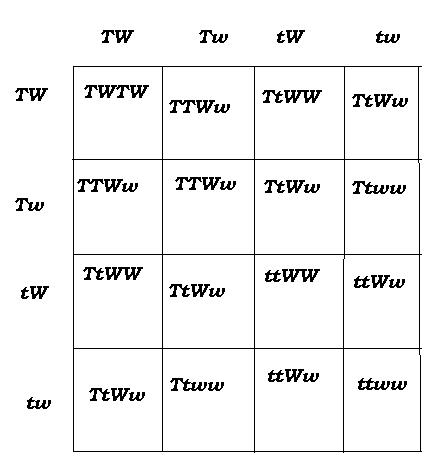

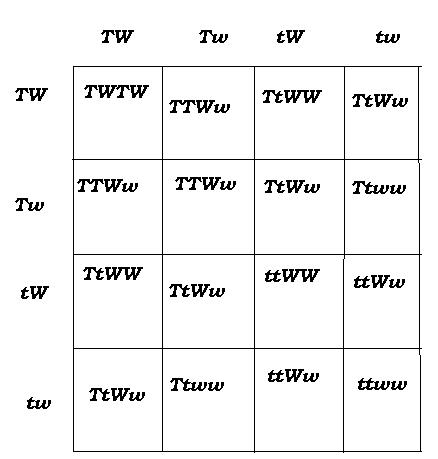
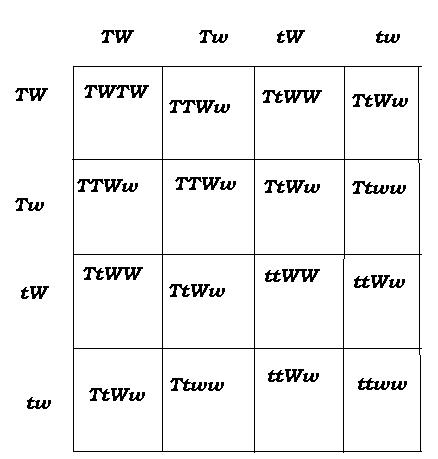
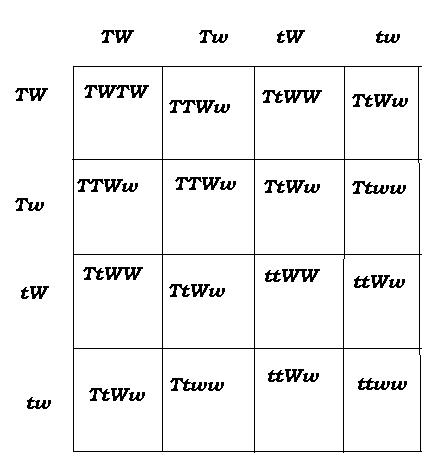

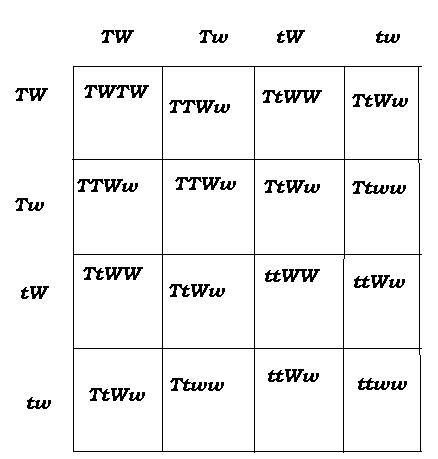
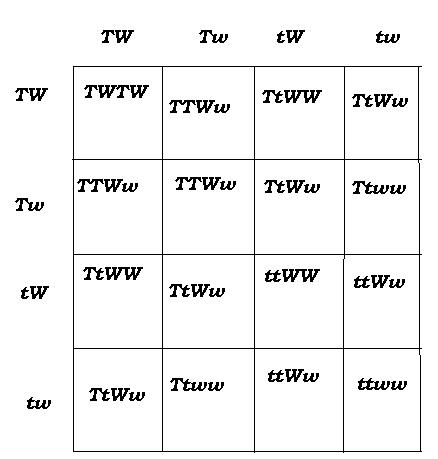

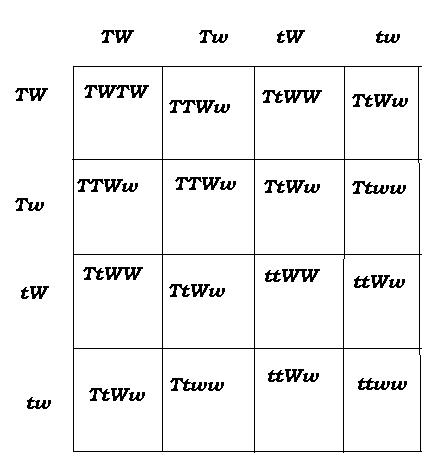
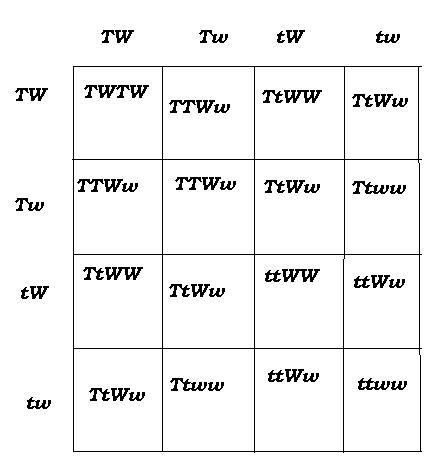

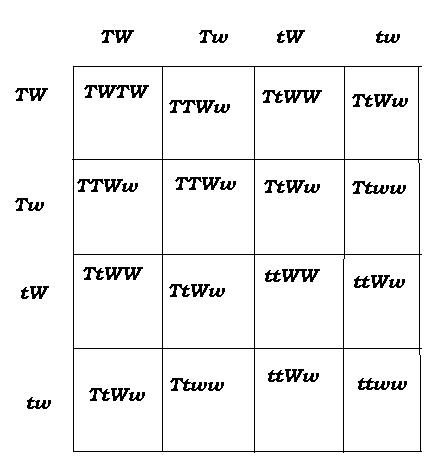
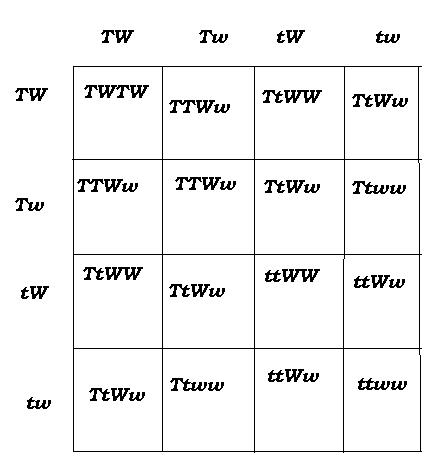
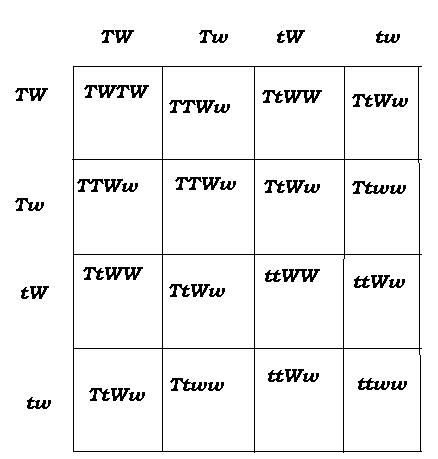














Comments